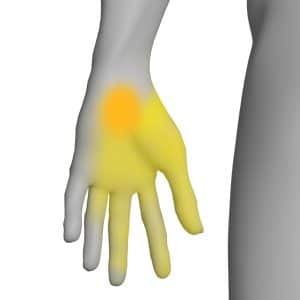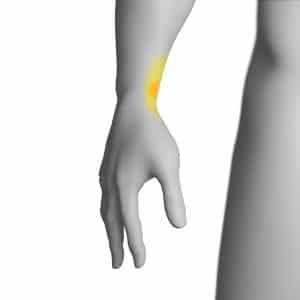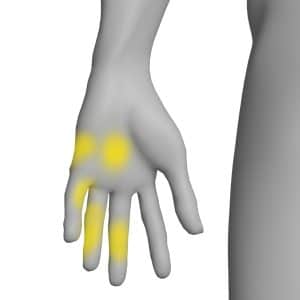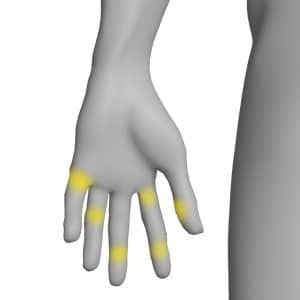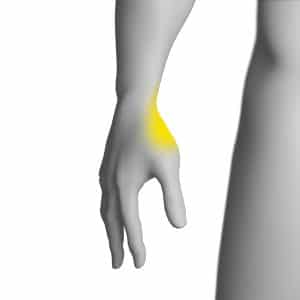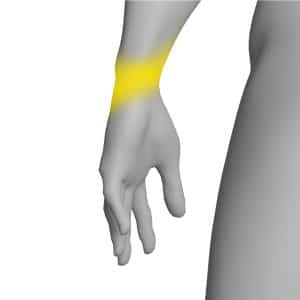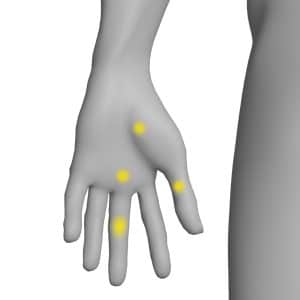Your Hand and Wrist
The human hand and wrist are complex structures, which enable us to perform our different occupations, leisure tasks and everyday activities of daily living.
There are 29 bones in the hand and the wrist. The wrist joint is where the bones of the forearm (the radius and the ulna) meet the bones of the wrist (the carpus). The arrangement of the carpal bones in the wrist enables us to roll the wrist in different directions, so that we can position our hands effectively to carry out a range of daily activities.
The hand and wrist are supported by a system of muscles, ligaments, tendons and nerves; together they enable us to touch, feel and manipulate smaller objects, such as threading a needle, whilst also enabling us to grasp, span the fingers wide, or perform a strong grip, such a holding a hammer.
